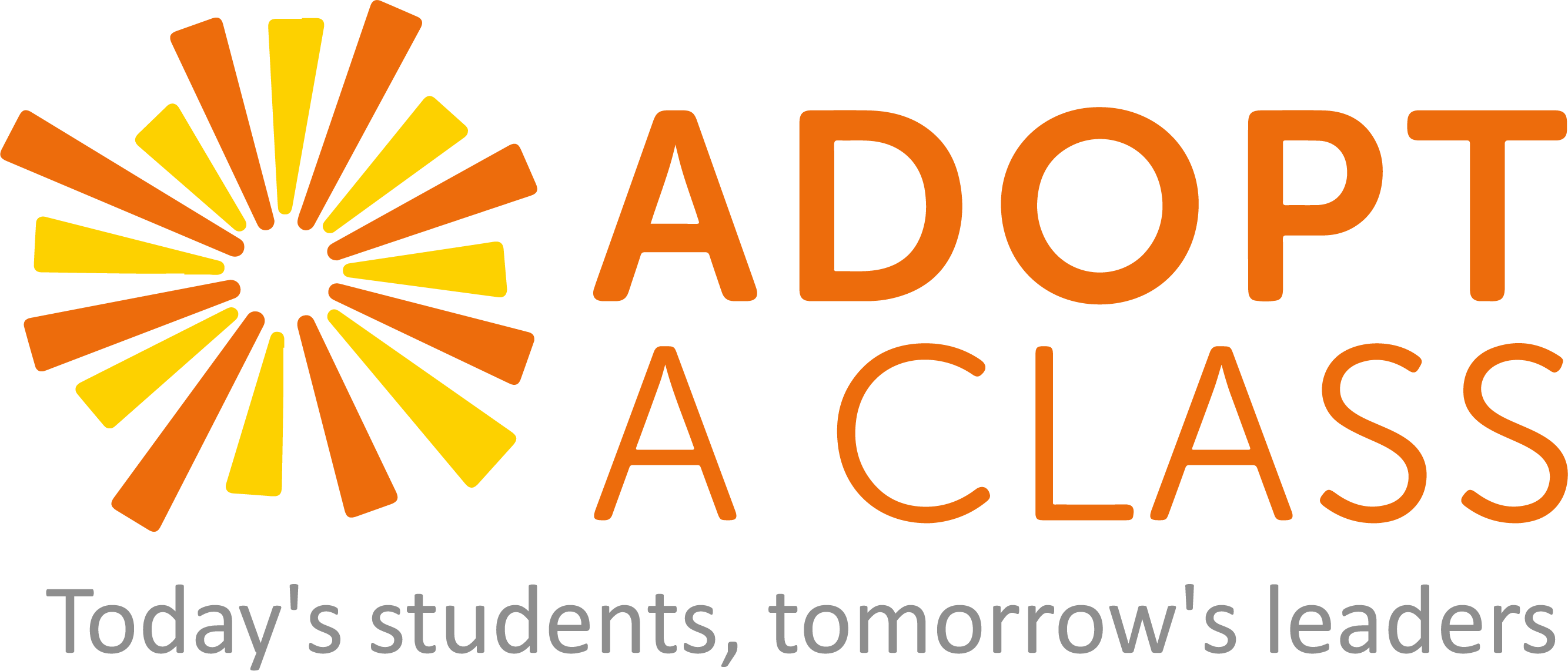Teamwork Makes the Dream Work
Teamwork Makes the Dream Work
Materials: None
Instructions:
- Mentors will begin the lesson by counting off your students into two different groups.
- Once your students are in their designated groups, give them the first objective. Students must line up from youngest to oldest. They are able to talk while doing so, however don’t mention this to them. Let them use their communications skills to do so.They have 1 min-1 min 30secs to do so.
- Next, students should line up alphabetically based on the first letter of their name. Again, they are able to speak while doing so.
- Now, tell your students the next objective: tallest to shortest. However, now you mention that this must be done silently. Allow students to use their non-verbal communication skills (gestures, body posture/movement, facial expressions, etc.) to figure this out.
- Then mentors will tell their students to finally get in a line from straightest to curliest hair (again, this is done silently).
- After students do so, have them sit back down and ask a series of questions:
- “How did you feel not being able to speak? Was this difficult? Why?”
- “It takes much longer to line up when you can’t speak, rather than when you can. What does this say about the way we communicate?”
- Explain to students that this lesson was a demonstration of what teamwork looks like and how important collaboration and effective communication is at work, home, during sporting games, and even in the classroom. Mentors can relate this back to experiences and examples of teamwork that has taken place at their company/organization and then ask students to share their experiences regarding teamwork.
Download activity here

Grade Range: 7th & 8th
Time: 15-20 minutes **Consider using the hand raise/thumbs up feature of your virtual platform to assist with determining who will answer.**
Synopsis: Mentors and students must work together as a team to line up according to the predetermined characteristics (tallest to shortest, straightest to curliest hair, youngest to oldest, and first letter of name alphabetically). Students will then arrange themselves–twice while being allowed to speak, twice not. Mentors be sure to join too! Once completed, students are then asked a variety of questions based on what they learned from the activity.


